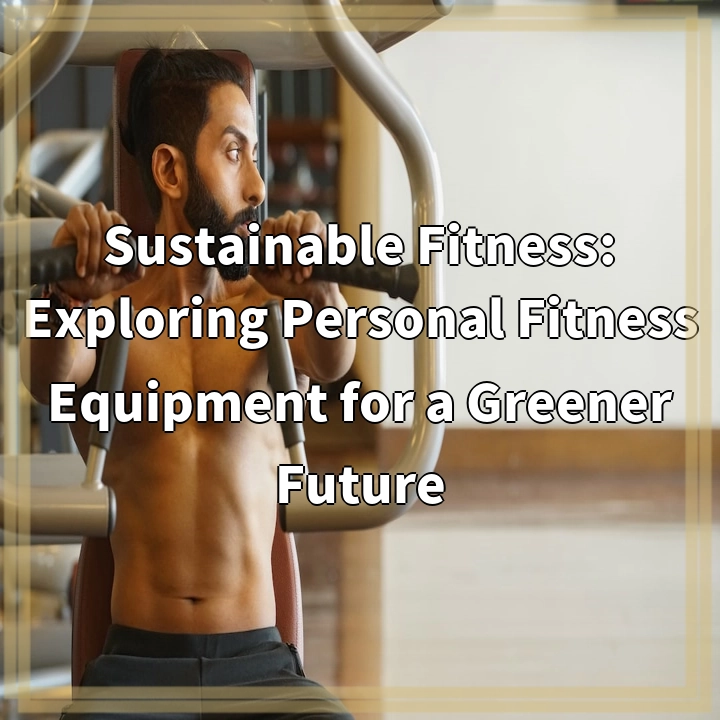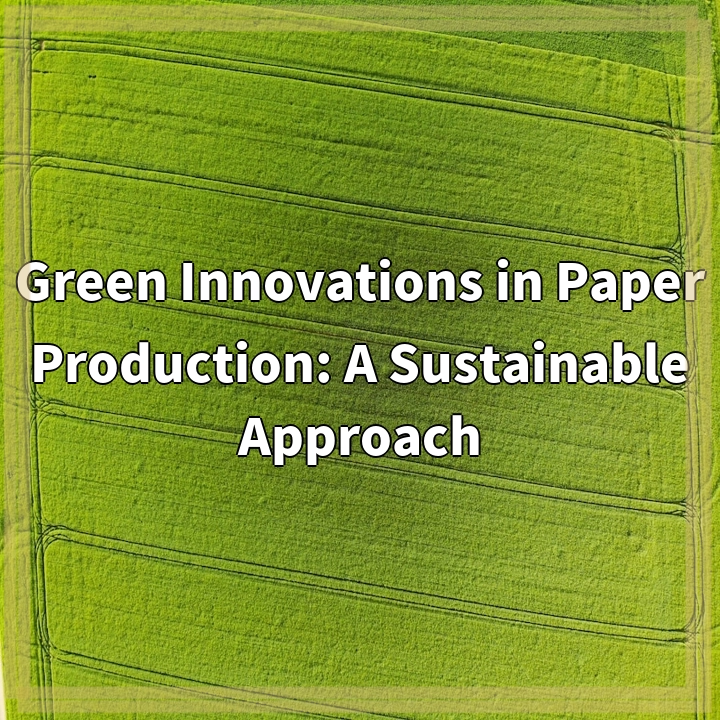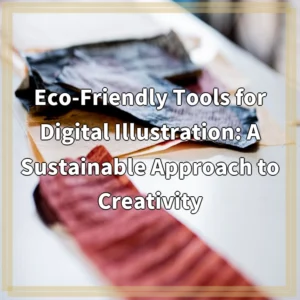
What is Sustainable Fitness?
Sustainable fitness refers to the concept of incorporating environmentally-friendly practices and materials into personal fitness equipment. It involves considering the entire lifecycle of fitness gear, from production to disposal, and making choices that minimize the impact on the environment and promote a greener future.
Real-world Problems Associated with Sustainable Fitness
1. Production and Materials: A major challenge in sustainable fitness is finding alternatives to the traditional materials used in fitness equipment, such as plastics and synthetic fibers. These materials often contribute to carbon emissions, hazardous waste, and pollution during their manufacturing processes.
2. Energy Consumption: Fitness equipment, particularly electronic gadgets like treadmills and exercise bikes, can consume significant amounts of energy. This energy use contributes to environmental exhaustion if not sourced sustainably.
3. Waste Generation: The fitness industry produces a considerable amount of waste, predominantly from the disposal of old or broken exercise equipment. These items often end up in landfills, contributing to environmental degradation and the release of harmful substances.
4. Resource Depletion: The extraction of raw materials used in fitness equipment, such as metals for weights or rubber for resistance bands, can lead to the depletion of natural resources and result in habitat destruction.
5. Lack of Awareness: Many fitness enthusiasts are unaware of the environmental impact of their fitness equipment choices or the availability of sustainable alternatives. There is a need for education and awareness to encourage individuals to make greener choices in their fitness routines.

Solutions for Sustainable Fitness
There are several solutions and strategies to promote sustainable practices in the realm of personal fitness equipment. By adopting these approaches, individuals and the fitness industry as a whole can actively contribute to building a greener future.
1. Material Selection
Opt for fitness equipment made from eco-friendly materials such as sustainable wood, recycled plastics, or natural fibers. Look for certifications like Forest Stewardship Council (FSC) or Global Organic Textile Standard (GOTS) to ensure the materials meet certain environmental and social standards.
2. Energy Efficiency
Choose energy-efficient fitness equipment that consumes less power during operation. Look for devices with energy-saving modes, smart controls, and renewable energy sources such as solar-powered gadgets.
3. Lifecycle Management
Extend the lifespan of fitness equipment by properly maintaining and repairing them instead of immediately disposing of them. Consider donating or reselling used equipment to reduce waste. When disposing of fitness equipment, recycle or repurpose the components whenever possible.
4. Sustainable Packaging
Encourage fitness equipment manufacturers to use minimal and recyclable packaging materials. Look for products that have reduced packaging or come in packaging made from recycled or biodegradable materials.
5. Product Certification
Support fitness equipment brands that have third-party certifications for sustainability, such as the Green Seal or Cradle to Cradle certifications. This ensures that the products meet specific environmental criteria throughout their lifecycle.
6. Education and Awareness
Spread awareness about sustainable fitness practices through blogs, social media, and community events. Educate others about the environmental impact of fitness equipment and the importance of making eco-conscious choices.















